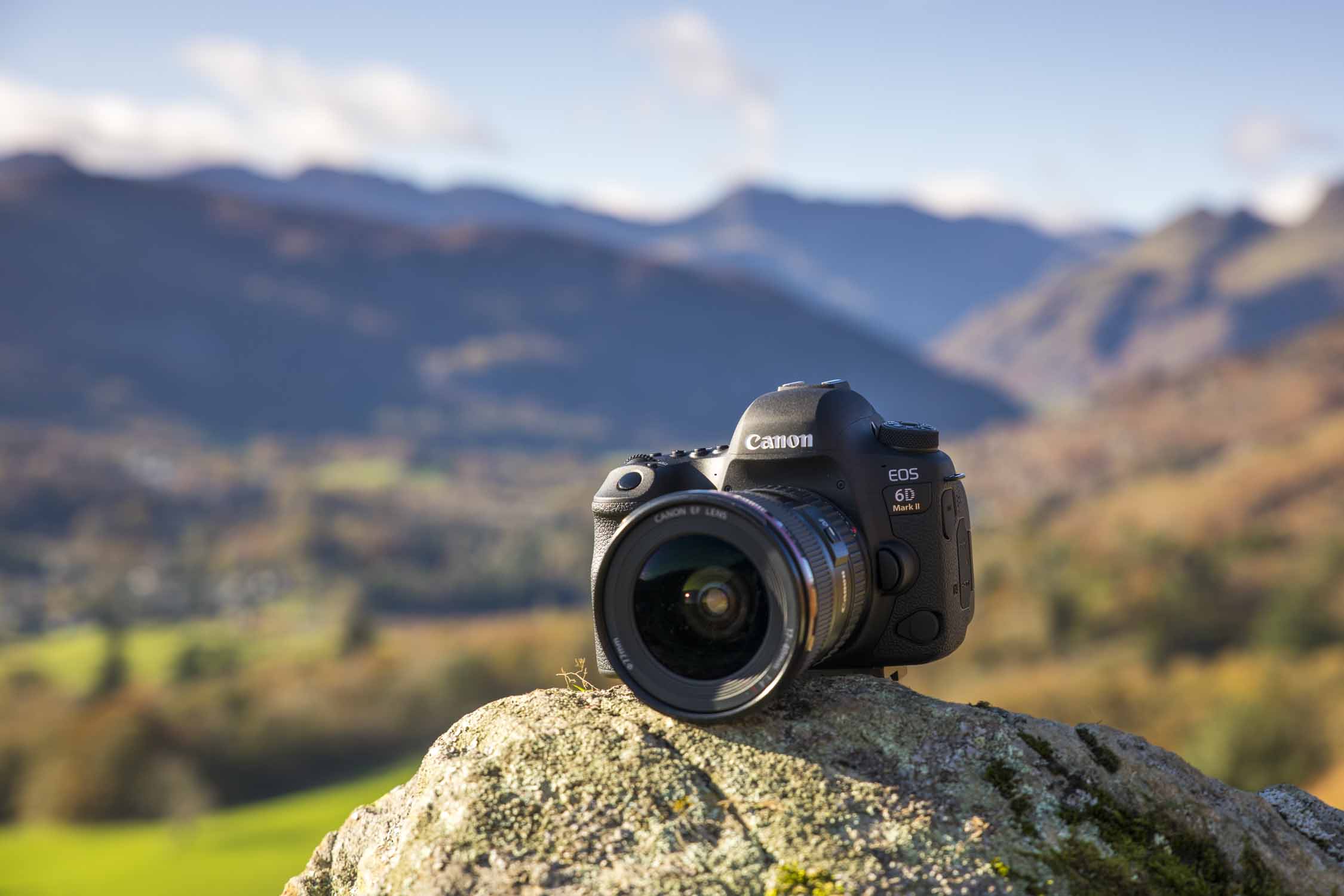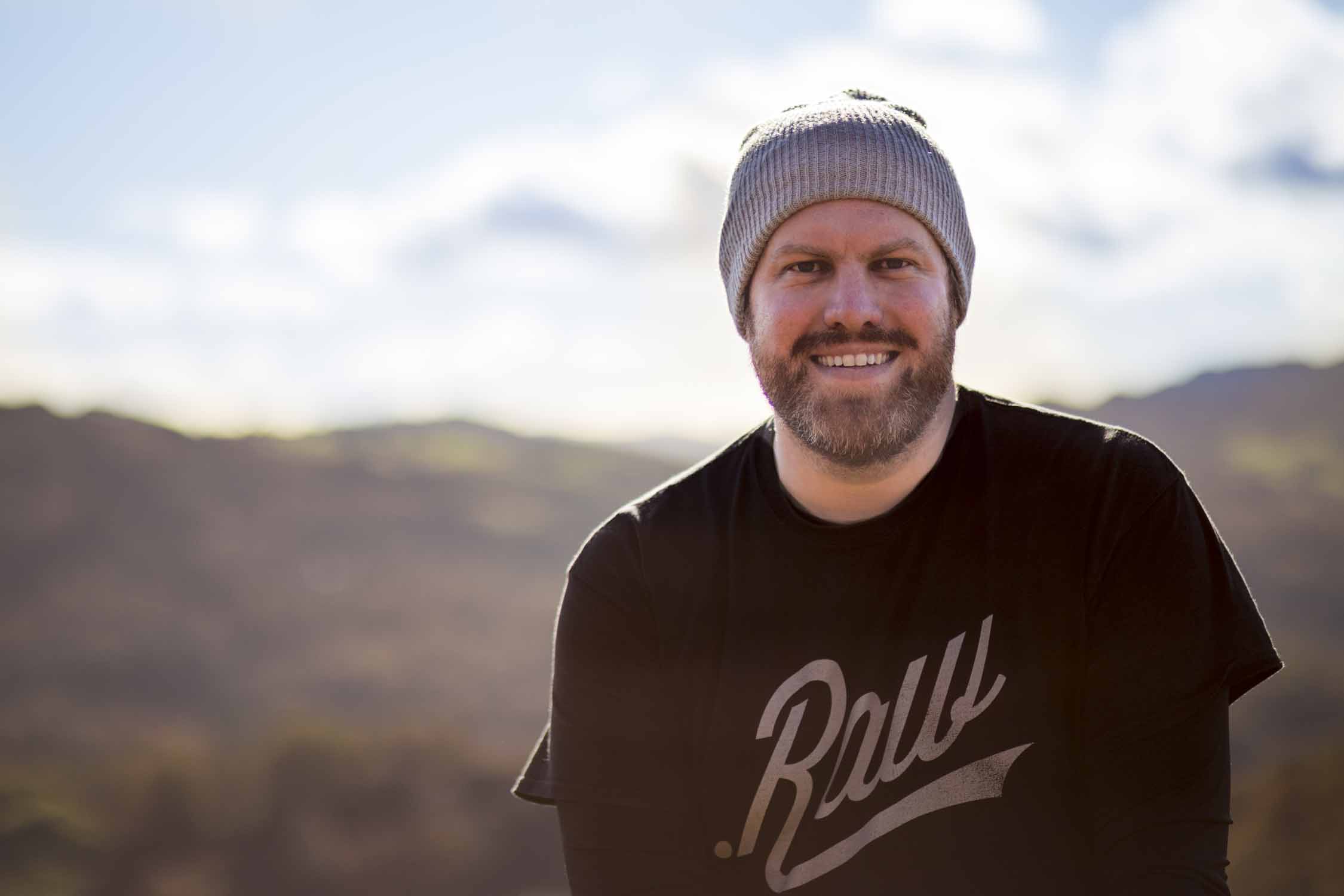Take a peek inside my camera bag to see all the photography gear and wild camping kit that I hiked up a mountain during my latest landscape photography vlog.
Follow me on Instagram - http://instagram.com/adamkarnacz
Check out all the camping gear:
- Tent - http://bit.ly/Phoxxtent
- Ground Mat - http://bit.ly/OEXgroundmat
- Cooking Pot - http://bit.ly/oexcookpot
- Stove - http://bit.ly/aplinestove
- Water Purifier - https://amzn.to/2xnTddC
- Pillow - http://bit.ly/OEXpillow
Check out all the photography equipment - https://www.firstmanphotography.com/my-gear/
There is nothing lightweight about camera gear. We are literally carrying around chunks of glass and metal. This is not too much of a problem for many situations but with landscape photography it is a big issue. To get the very best landscapes it often means getting off the beaten track and carrying your gear so we need things to be lightweight. Add in a shooting video and then add in camping equipment, we suddenly have a very heavy camera bag.
Watch the vlog - https://youtu.be/pmZgxymtY_E
On my recent landscape photography vlog, where I collaborated with Gary Gough Photography, we hiked up one of the biggest mountains in the Lake District called Great End. It stands at 900m with an 800m climb from the car. With my bag as light as possible, so I could achieve everything i wanted, the bag still weighed in at over 20kg. I therefore wanted to create this video so you could see what i had with me and what I had to sacrifice and leave behind.
The extra weight from the wild camping gear meant I could not bring the full range of lenses that I normally do. Water alone is shockingly heavy. On a hot day hiking a mountain you will need at least a litre of water every couple of hours. One litre of water weighs 1kg, heavy. Thankfully the water purifier meant I could carry less and refill but it is something that is vital to think about. However I still had to leave the 24-70mm lens behind. Normally my go to lens, I suspected I could get away with the 17-40mm and 70-200mm. I also didn’t want to sacrifice the drone.
Despite the weight and the hard climb it was absolutely worth it once we got to the top. Enjoying challenging adventures like this though hinges on being prepared and having the right gear. Once you do you are free to enjoy the stunning views and experiences that wild camping and photography have to offer.





